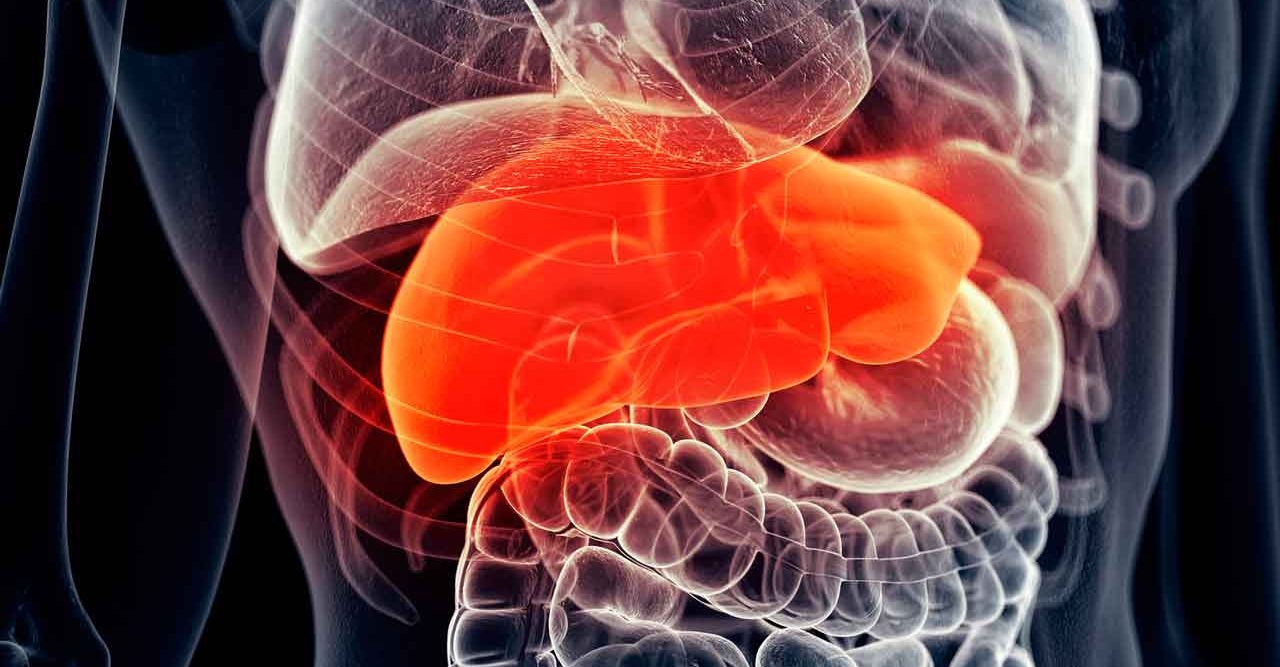Signs of Fatty Liver

Benign and serious types of fatty liver disease affect millions of Americans. Learn signs of fatty liver you may note — and signs only a doctor can spot.
Your liver is one of the largest organs in your body — and crucial for good health. The liver helps digest food and distribute nutrients in your body. It also helps protect you from toxic substances, processing and converting them to less harmless substances.
Although there are many liver diseases and conditions that can potentially damage your liver, symptoms may not be obvious for some time. The build-up of excess fat in the liver is a case in point. Depending on the cause and type of fatty liver disease, signs of fatty liver can vary, and so can the consequences.
Alcohol-related fatty liver
Also called steatosis, fatty liver is the most common liver disorder caused by the heavy drinking of alcohol. As excess fat accumulates in the liver, it becomes more difficult for the liver to function normally.
You may have no symptoms in the early stages, but signs of fatty liver from alcohol can include upper abdominal pain or discomfort from an enlarged liver, the American Liver Foundation explains. The condition may also be discovered when liver function tests are abnormal.
If excess drinking continues unchecked, this form of fatty liver disease can lead to serious and even deadly problems, including cirrhosis (damage characterized by normal liver tissue being replaced by scar tissue). But if alcohol-related fatty liver is spotted early on — and alcohol consumption is stopped — the condition can be reversed.
YOU MIGHT ALSO LIKE: What Kind of Drinker Are You?
Non-alcohol signs of fatty liver NAFLD and NASH?
Nonalcoholic fatty liver disease (NAFLD) is one of the most common forms of liver disease in the U.S. In fact, the National Institute of Diabetes and Digestive and Kidney Diseases (NIDDK) points out as many as 30 to 40 percent of American adults have the condition. Metabolic syndrome (a cluster of conditions including excess fat around the waist, high blood pressure, and too high cholesterol or triglyceride levels), obesity, and type 2 diabetes are all linked to this build-up of fat in the liver.
Simple fatty liver is the most benign form of NAFLD — you have fat in your liver but little or no liver damage and the condition rarely progresses or causes complications.
However, about 20 percent of people with fatty liver disease have the more serious form of NAFLD liver — nonalcoholic steatohepatitis (NASH). In NASH, there’s not only a build-up of fat in the liver but also inflammation, which can cause scarring and may lead to cirrhosis and even liver cancer.
There may be no obvious signs of fatty liver, but some people experience symptoms — including fatigue and feeling discomfort in the upper right side of the abdomen.
Signs of fatty liver on a physical exam
Your doctor may note these indications of fatty liver disease during a check-up:
- An enlarged liver
- Signs of insulin resistance, including darkened patches of skin on knuckles knees and elbows
- Jaundice (a yellowing of skin and whites of eyes which may indicate NASH)
- Blood tests showing increase levels of liver enzymes, especially aspartate aminotransferase (AST) and alanine aminotransferase (ALT)
If you have any symptoms or signs of fatty liver, your doctor will likely order imaging tests, such as an ultrasound, CT scan, or MRI to document the amount of fat in your liver.
These tests can’t show inflammation or fibrosis (the early stages of scarring), so they can’t distinguish whether you have simple fatty liver or NASH. However, if cirrhosis from NASH is present, lumps may be seen, the NIDDK points out. If NASH is suspected, a liver biopsy may be performed next.
If you are diagnosed with NASH or NAFLD, the recommended treatment is weight loss, according to the NIDDK. Losing a minimum of three to five percent of your body weight can reduce fat in your liver and reduce inflammation and scarring, too.
Updated:
April 01, 2020
Reviewed By:
Janet O’Dell, RN